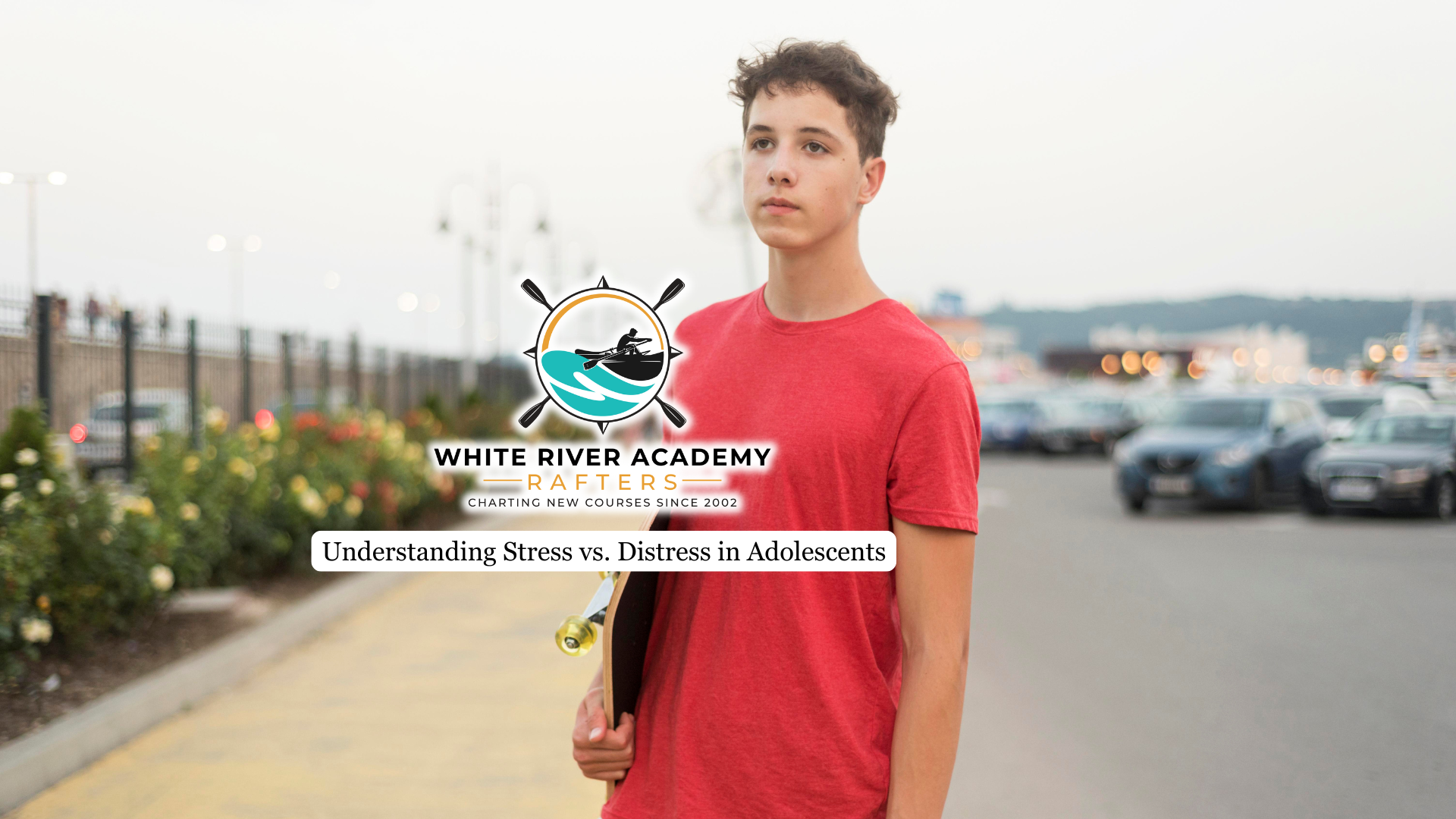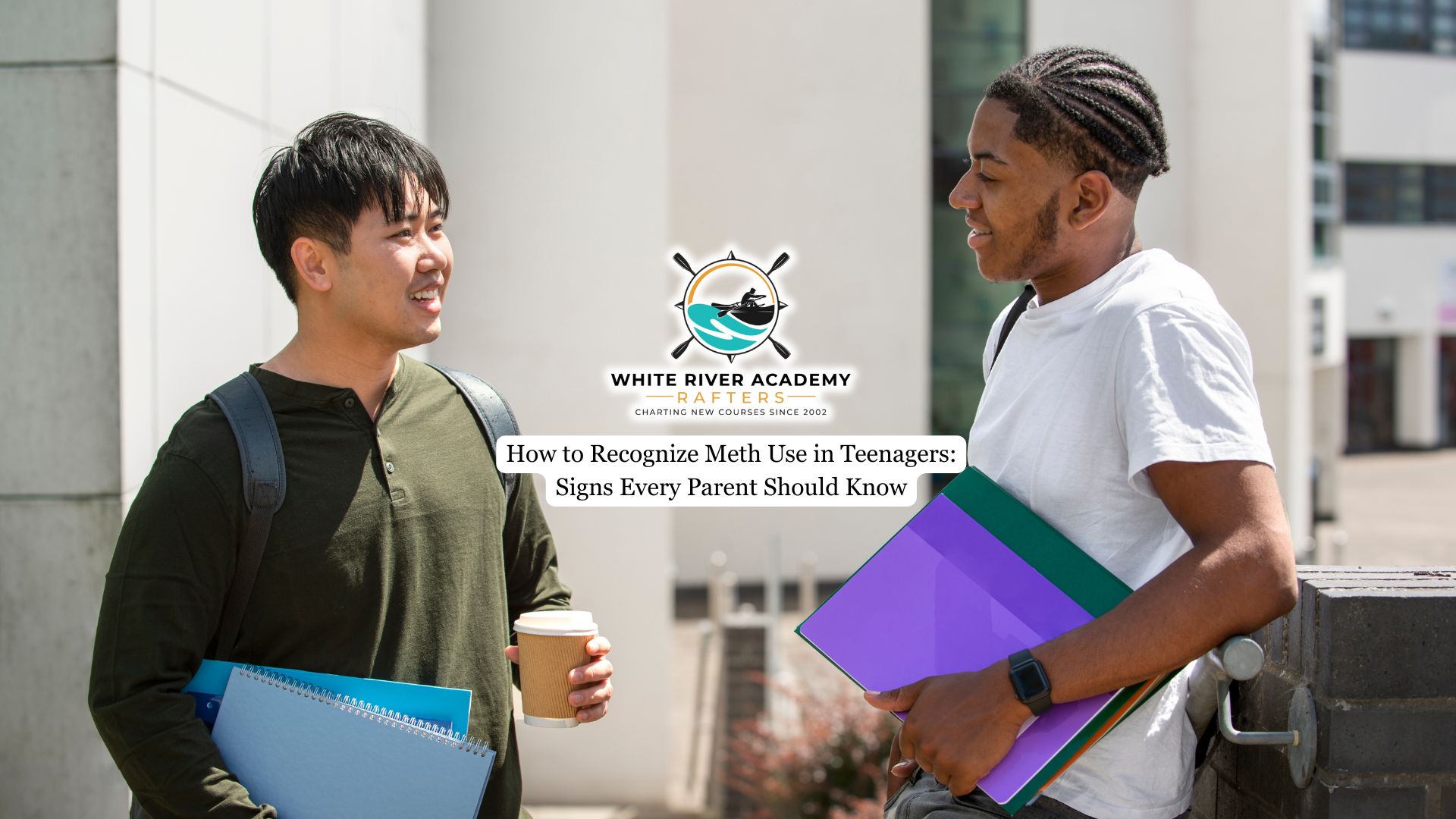Adolescence is a critical developmental stage filled with emotional, physical, and psychological changes. These transitions often bring new responsibilities, social pressures, and uncertainties that can cause tension and emotional strain. While experiencing some pressure is normal and even beneficial for growth, not all forms of it have a positive effect. Understanding the difference between manageable pressure and harmful distress is essential to identifying when an adolescent might be struggling and in need of support.
This article explores these two forms of response, how they manifest in adolescents, and ways to promote healthier coping and resilience.
The Nature of Stress in Adolescents
A certain level of challenge helps teens stay motivated, alert, and focused. When a student feels pressure to perform well on an exam or meet a goal, this type of response, often called eustress, can be beneficial. It helps them develop persistence, adaptability, and problem-solving skills.
However, the same emotion that fuels motivation can also become harmful when it persists without relief. When the demands placed on a teenager exceed their ability to cope, the pressure transforms into distress. This can lead to mental and physical exhaustion, anxiety, and withdrawal. The fine line between healthy motivation and sentimental overwhelm depends largely on intensity, duration, and perception of the experience. When it begins to interfere with daily functioning, guidance through a troubled youth program can help teens learn coping strategies and regain balance.
Distress: When Pressure Becomes Harmful
Distress arises when external demands overwhelm an adolescent’s emotional and mental resources. Unlike manageable levels of pressure, high levels drain energy and confidence, leaving teens feeling anxious, irritable, or hopeless. They may lose interest in activities they once enjoyed, have difficulty concentrating, or experience changes in appetite and sleep. Physical symptoms such as headaches, stomach pain, or fatigue can also emerge as the body reacts to prolonged tension.
When this is left unaddressed, it can progress into more serious internal struggles, including depression or generalized anxiety disorder. These effects can interfere with academic success, relationships, and overall development.
Common Triggers During Adolescence
Many factors can influence how adolescents experience and respond to daily challenges. Academic performance often plays a major role, as teens feel pressured to meet expectations from teachers, parents, or even themselves. The desire to fit in socially can also be intense, with peer pressure, rejection, and comparison adding emotional strain. At home, conflict, lack of communication, or instability can amplify distress, making it difficult for teens to find balance.
In today’s digital world, social media introduces additional challenges. Constant exposure to curated online images can cause feelings of inadequacy, jealousy, or loneliness. Identity exploration, hormonal changes, and developing independence all contribute to emotional fluctuation, making adolescence one of the most vulnerable times for mental health concerns.

Healthy and Unhealthy Ways of Coping
Adolescents manage their feelings in various ways, and the effectiveness of these methods can determine whether their reactions remain manageable or turn harmful. Positive coping involves recognizing emotions, finding healthy outlets, and maintaining balance. Activities such as exercise, journaling, mindfulness, and creative expression help reduce tension and promote clarity. Learning coping skills such as deep breathing, grounding techniques, or problem-solving can help teens respond more calmly to challenges. Seeking support from parents, teachers, or counselors also provides reassurance and perspective.
Unhealthy coping often involves avoidance, denial, or destructive behaviors. Some teens may turn to isolation, aggression, or substance use in order to escape depression or emotional pain. While these behaviors might offer temporary relief, they can worsen distress and harm long-term well-being. Teaching emotional awareness and effective coping helps adolescents build resilience that will benefit them throughout life.
The Importance of Emotional Support
Teens who feel connected to their families, peers, and mentors are more likely to express their feelings and seek guidance when overwhelmed. Open communication and empathy from parents or caregivers foster trust, allowing teens to share their worries without fear of judgment. Schools also play an important role by offering counseling services and encouraging conversations about mental health.
Encouraging a balanced lifestyle that includes sufficient sleep, nutrition, and relaxation is another vital aspect of maintaining emotional health. When adults model healthy ways to handle life’s challenges, adolescents learn that these mental struggles are not signs of weakness but opportunities for personal growth and self-awareness.
Final Thoughts from White River Academy
Recognizing the difference between manageable pressure and distress in adolescents is vital to supporting healthy emotional development. When handled well, challenges can promote growth and motivation, while unchecked distress can hinder progress and lead to lasting internal struggles. Awareness and early intervention empower parents, teachers, and caregivers to make a meaningful difference in a teenager’s well-being.
At White River Academy, our troubled youth program in Utah is designed to help teens overcome distress and develop long-term emotional stability. Using evidence-based therapies, we help adolescents build healthy coping strategies, strengthen self-awareness, and reconnect with their sense of purpose. This compassionate approach ensures each student learns to manage emotions effectively and move toward a more balanced, resilient future.




